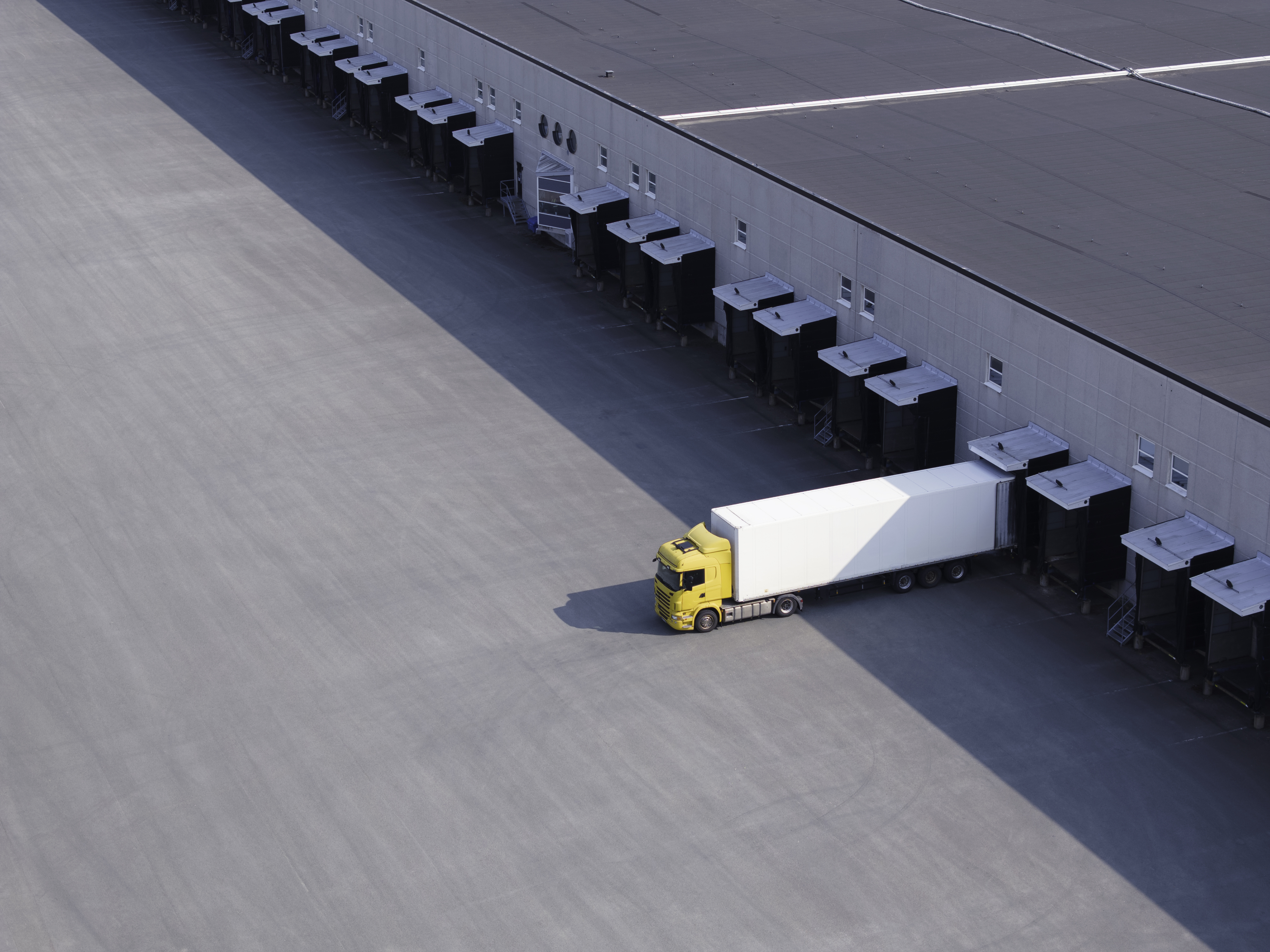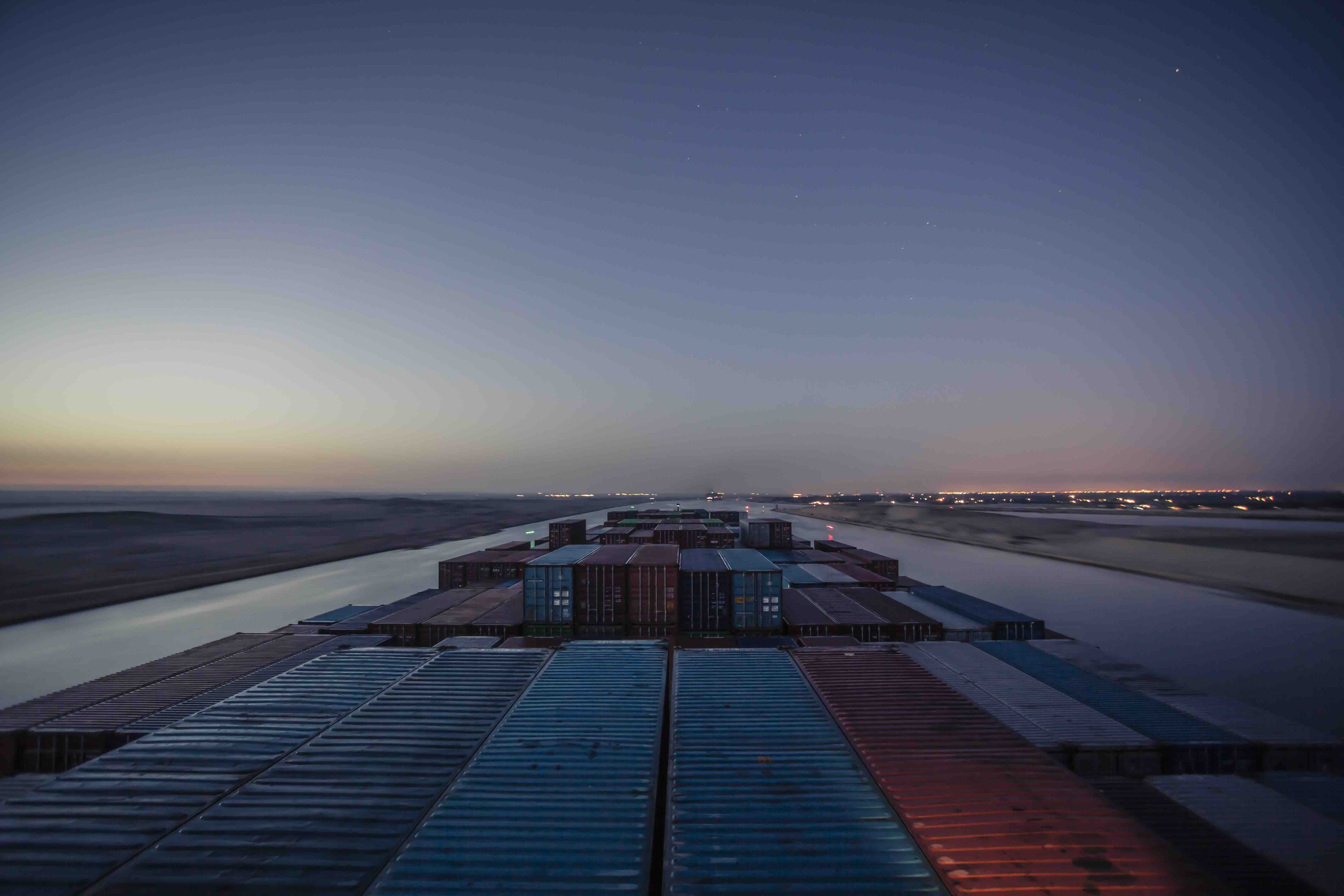
The world air freight industry continued to grow in November and, according to first estimates, in December as well. Freight rates increased on major routes.
1/ Supply and demand balance
- Traffic in November 2024
World freight traffic increased for the 16th consecutive month in November 2024. Demand, measured in tonne-kilometres, increased 8.2% year on year, according to figures from the International Air Transport Association (IATA). Month on month, however, demand declined 0.5% on a seasonally corrected basis to a total 24 billion tonne-kilometres (tkm), according to our estimates.

* CTK : cargo tonne-kilometres – Data source : IATA
On international routes alone, traffic increased 9.5%. With an increase of 13%, Asia-North America routes showed strongest growth in November, registering their 13th consecutive monthly increase, thanks to strong demand in the run-up to the Christmas holiday, particularly in e-commerce. Apart from the traditional end-of-year peak, two factors probably contributed to the increase in demand. One was the prospect of possible strike action in US east coast ports and the Gulf of Mexico in January. In the end, the dockers and cargo-handling companies signed an agreement on 8 January but, in November, the threat was very much present and may have led to early ordering. The other factor was the prospect of an increase in customs duties following the arrival in power of Donald Trump.
The growth in traffic between Asia and North America benefited the airlines of both continents. American companies achieved the highest growth rate in November, ahead of those in the Asia-Pacific region. Asia-Pacific companies also benefited from increases in traffic on Asia-Europe routes (+12.9%) and intra-Asian routes (12.2%). Asia-Europe routes have thus registered 21 consecutive months of growth, including 12 months of double-digit growth. This could partly be the result of disruption to shipping in the Red Sea, which may have led to freight being transferred to air routes. Europe-North American routes, which constitute the air freight sector's third biggest market, showed a more modest increase of 5.6%.
- During the first 11 months
Over the first 11 months of last year, air freight demand increased 11.8% year on year and 12.7% on international routes alone.

* CTK : cargo tonne-kilometres – Data source : IATA
- Capacity
Available capacity increased 4.6% in November 2024 year on year but declined 0.6% month on month on the basis of seasonally corrected figures. The decline was the third in consecutive months. According to our estimates, total capacity stood at 51.8 billion tonne-kilometres. The airlines are deploying their capacity with great skill. The growth is coming from capacity available in the holds of passenger aircraft, which was up 6.9% year on year in November. This capacity represents 51.6% of total capacity, although we saw capacity on all-cargo aircraft increase 6.1% in November, which was the eighth consecutive month to show an increase.
The load factor on international flights rose 1.5 percentage points year on year in November. Over the first 11 months, the load factor on all flights edged up 0.4% to 51.3%.
2/ Prices
At the end of 2024, the heavens were certainly looking kindly on the airlines. The rise in cargo volumes and the airlines' control over capacity opened the way to a fresh increase in average unit yield, which, according to IATA, increased 5.8% month on month in November and 7.8% year on year, 52% up on its 2019 level.
As ever, the increase is unevenly spread and was clearly boosted by the big east-west cargo flows. Upply's data base shows that unit yield soared 37.3% year on year on Asia-Europe routes.

Source : Upply Freight Index
As well as traffic growing faster than capacity, the airlines benefited from favourable fuel prices, which helped them to keep their costs down. "Average monthly global jet fuel prices in November dropped in YoY (year-on-year)terms by a stunning 22%, the fifth consecutive fall, continuing a trend that started in February 2024," IATA said. The increase in rates was all the more spectacular for the fact that they took account of fuel surcharges.
3/ Prospects
According to first estimates, the air freight sector continued to grow in December, with increases in traffic and freight rates on the major routes After two years of contraction following the strong post-Covid recovery, the air freight industry returned in 2024 to a growth in cargo volumes which IATA estimates at 11.8%. At the same time, the airlines' cargo revenues returned to growth, with a 7.2% increase to $149 billion expected in 2024, according to IATA. Average yield would thus fall 3.7% year on year, even though it would still be well up on its pre-Covid level.
In 2025, the air freight industry should continue to grow. IATA estimates that traffic will increase 6% and that revenues will rise 5.4% to $157 billion. Unit yield is expected to slip 0.7% but freight rates should remain at high levels compared to the pre-Covid period. IATA director general Willie Walsh said that he expected 2024 to end on a profitable note but warned: "While this strong performance is very likely to extend into 2025, there are some downside risks that must be carefully watched. These include inflation, geopolitical uncertainties and trade tensions."
Our latest articles
-
5 min 12/12/2025Lire l'article
-
2025 review of road transport in Europe
Lire l'article -
Return of shipping via Suez: the surprising silence of shippers
Lire l'article


